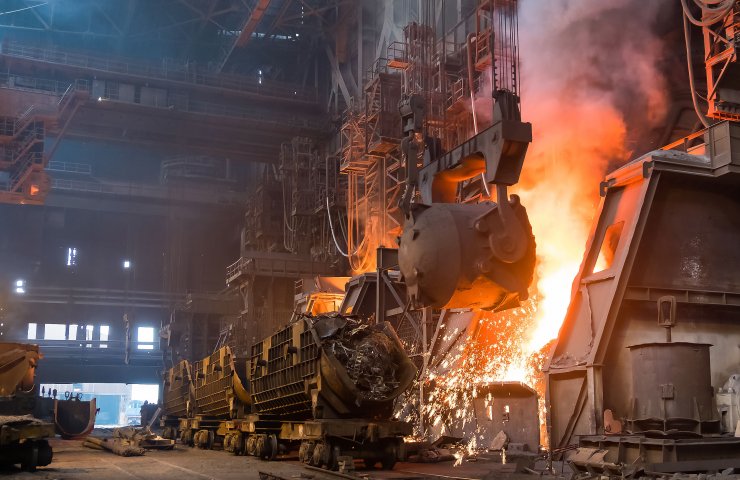World Steel Association defines green steel and its variations
The global steel industry, like the rest of society, is transforming to provide products and services in a future in which emissions of carbon dioxide and other greenhouse gases will be significantly reduced. The terminology for reducing carbon footprint is still evolving, and different stakeholders use a wide variety of expressions that are often synonymous but can mean completely different things.
In order to somehow systematize and clarify the meaning of technological transformations in metallurgy, the World Steel Association decided to introduce specific definitions of what is meant by the term "green steel", carbon-free or low-carbon steel.
Mild Steel is manufactured using technologies and methods that result in significantly lower emissions than conventional manufacturing. In 2021, most steel will be produced using fossil fuel-based reducing agents; however, many steelmakers have implemented or are developing technologies that significantly reduce emissions from the main steelmaking process.
Examples of low carbon steel production:
- Aço Verde do Brasil uses 100% charcoal to produce low carbon iron and steel products.
- ArcelorMittal builds large-scale plant in Ghent, Belgium, to convert steel mill waste gases into ethanol, which can be used in a wide variety of applications, including the production of synthetic fuels. A similar commercial facility began operations in 2018 at Shougang Steel's plant in China, producing 30 million liters of ethanol for sale in its first year of operation.
- At the enterprise Emirates Steel in the United Arab Emirates, up to 800 thousand tonnes of CO2 per year is captured from the gas emission stream from the iron smelter before being pumped into an oil field for permanent storage.
- EVRAZ Rocky Mountain Steel Colorado switches from coal to solar energy. EVRAZ will become the largest single-customer solar power plant in the United States.
- HBIS, a leading steel manufacturer in China, is building demonstration project for the production of direct reduction of hydrogen iron with a capacity of 1.2 million tons. The project will use green and blue hydrogen technologies to explore the path to zero CO2 emissions in iron and steel production.
- Nucor Micro Plant in Sedalia, Missouri, is the first steel mill in the United States, wind powered . The plant is a partnership between a steel company and a local utility that will supply the plant with power following a power purchase agreement between the companies.
- Tata Steel develops new innovative smelting technologies through its HIsarna project. HIsarna technology allows pig iron to be produced without coke ovens or sintering plants, producing a high CO2 waste gas stream ideal for carbon capture and storage (CCS).
- thyssenkrupp Steel and Nippon Steel Corporation have begun a series of tests on using hydrogen in a working blast furnace to significantly reduce CO2 emissions from steelmaking.
Steel produced using all of these technologies can be considered low carbon steel, although it is likely that what is now considered low carbon steel may change by 2050, when regulation, social expectations and technology completely change.
Many other expressions are used by the steel industry and stakeholders to refer to steel produced using these next generation manufacturing technologies.
The World Steel Association prefers and uses the term “low carbon steel” because, like “low carbon electricity,” it believes it is intuitively easier to understand and its meaning is clear.
